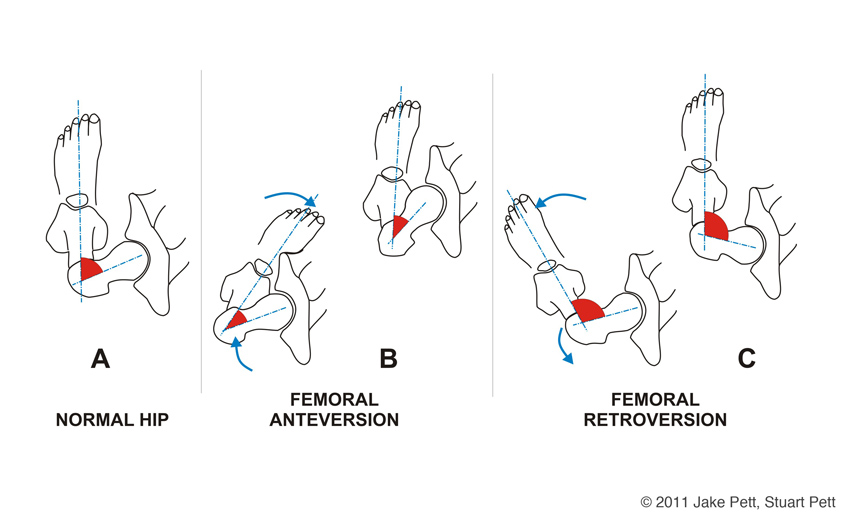No, you stick your butt out. The problem is you're describing a flex of the lumbar, excessive curvature of the lower-back, but that's not exactly sticking your butt out. When you bend your knees and engage the hips WITHOUT curling, your butt will just stick out naturally as if you're going to sit. It's a half-squat. And he's also right about how sitting completely ruined athletic posture for humans, both in the upper-body and the back. We don't even squat to poop anymore and most of us use toilets that are too high. This has lead to a bevvy of physiological issues that in the U.S. has spawned high-dollar physiotherapy industry, and the lesser-regarded chiropractic industry. We could eradicate both of those if we'd restore physical education in schools to what it once was, which is how to sit, stand, climb, run, bend, squat, etc. etc., correctly.
Lucas - Dude you're at the level where you should just come to Vegas. Because I don't have a whole lot in the way of criticism. Just stuff I'd add that doesn't translate well in written-word.
No I was talking about excessive lumbar extension in standing position, which was how I understood his J shape (flat thoracic spine, lumbar extension). I get what you're saying with sitting back that you naturally extend your lower back somewhat as in a squat, but it's much more neutral lower back position than an extended one, it's the hips and ass that do most of the work. Maybe we are having a terminology confusion, it's hard to communicate these things in written text. Many people will present with pain if they overly extend their lower back doing any squat movement. With others that is not the case, which leads me to the posture thing.
There's no doubt that prolonged sitting is terrible for your body. With that, I think it's utopian to believe you could eradicate physical therapy by restoring physical education in schools and introducing less sitting. Posture habits and corrections are nothing new, Janda coined upper cross syndrome in the 70's and I have books that goes back to 1949 and further that talks about the exact same thing as straight posture, shoulders back and so on. In reality, while posture is important it's more than just one thing. I've seen a lot of people who might have what we term "dyskinesia" or some "faulty" joints movements and posture, with no pain present what so ever, and on the other hand people with "good" posture who suffer terrible. The reason for this is that there's more going on.
If you look at the litterature, there's no straight forward and clear connection between posture and pain in lumbar disorders (
https://bmcmusculoskeletdisord.biomedcentral.com/articles/10.1186/s12891-016-1250-1), shoulders (
https://www.jospt.org/doi/abs/10.2519/jospt.2017.7268?code=jospt-site) and even neck and thoracic posture which show conflicting results (
https://www.ncbi.nlm.nih.gov/pubmed/20430685,
https://www.ncbi.nlm.nih.gov/pubmed/26182924). On the other hand, some evidence show that during sitting, being mobile and changing your position naturally is actually more important, and that pain is associated with a rigid posture (
https://www.sciencedirect.com/science/article/pii/S0003687016300515). Biomechanically there's also evidence to suggest that sit to stand posture is highly individual and not something that's easily linked to pain nor standardised (
https://www.sciencedirect.com/science/article/pii/S0021929017303135).
Now I'm not saying that posture corrections doesn't work, because they do 100%. The thing is though, that you have to look at what the person needs. Some people can overcorrect the shoulders back thing and actually flatten the thoracic spine to a degree where upward rotation of the scapula is limited and thus performance suffers and pain presents. Also, rigidity can lead to hypertonic muscles which raises the PH leves in the tissue by lessening the blood supply and creates chronic pain. Fascia and inflammation can attribute to this, especially near the neck area. Same with lower back pain, there's no single solution, although we try. Some people need anti extension, some need anti flexion and so on. Good posture in my eyes in one that is stable, yet flexible, changes throughout the day and doesn't present pain or glaring biomechanical issues.
I see your overaching point. I agree that if there was better physical education in school, if children (and adults) were more physicall active, if they trained postural balance more, sat less, were more outside and so on we could eliminate a lot of problems. The majority I'd even say. Same with proper strength training and accepting that pain is a part of life. The psychological side matters a lot too.
Even with that, there will always be a place for physiotherapy. Age, wear and tear, managing volume, pre/post-op training, psychosocial factors, exercise selection, optimising S&C performance, injury prehab and so on. People in the 12,13, 14, 15, 16, 17, 1800s and 1900s and so on had pain too, even with whatever posture they had or didn't have and if they were sitting all day or not.




